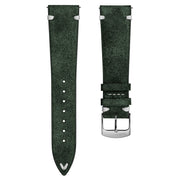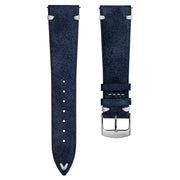Time is enduring, but watches – and their makers – come and go. One of the biggest threats to their existence was the well-publicised ‘quartz crisis of the 1970s’, when new technology almost made the traditional art of the mechanical watchmaker obsolete. While that was a moment similar to the extinction of the dinosaurs, other commercial pressures then arose in more recent decades, with an increasingly crowded marketplace becoming more sensitive to passing trends and new developments. Here are five almost-forgotten watch brands that went under – and five more that nearly did…
Smiths
The Smiths watch company was started in 1851 by Samuel Smith, a maker of precision instruments. Later on the company would go on to make gauges and instruments for cars and planes: anyone who has driven a classic Mini will know exactly what a Smiths speedometer looks like. The company started making watches after the Second World War and soon became Britain’s most prominent watch company. Production from the Cheltenham factory continued right up until 1970, with some of the most famous model ranges including the De Luxe, Astral, Imperial, and Everest. At the time, Smiths was a giant, and appropriately enough, what it’s probably most famous for is being the first watch up Mount Everest, as a sponsor of the expedition. Despite this incredible history, demand for their watches dried up to the point that the company decided to concentrate on its other activities, pivoting towards becoming the technology giant it is today.
 WatchGecko Highley Collection. Credit: WatchGecko.
WatchGecko Highley Collection. Credit: WatchGecko.
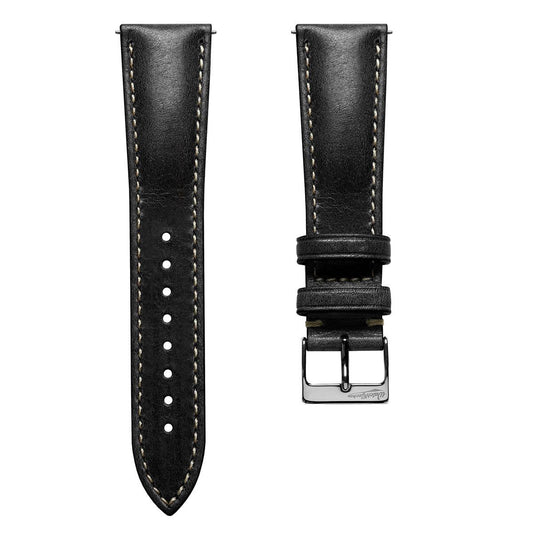
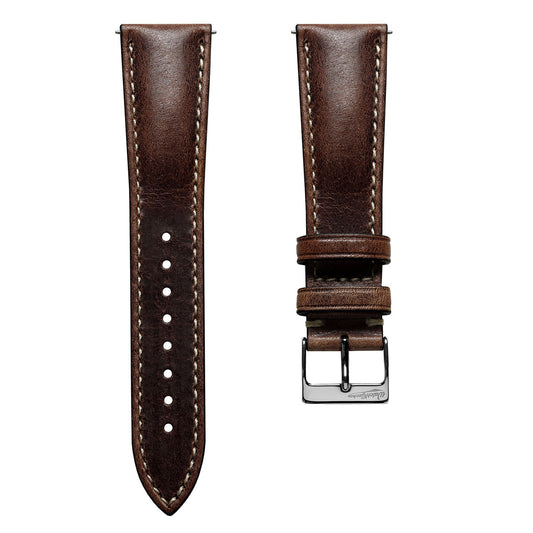
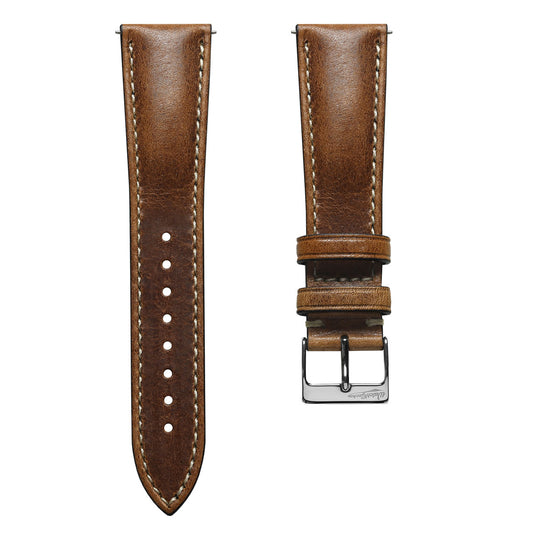
Lemania
Lemania is another brand that never deserved to die, and the strong demand for the watches today underlines that fact. Originally, Lemania was known as Lugrin (the surname of its founder) until being renamed in 1930. But the big change came back in 1932, when Lemania, Omega, and Tissot merged to form the SSIH Group – with Lemania going on to take responsibility for watch movements across the entire group. All was going well until the quartz crisis, which led to Lemania separating from SSIH in 1981 and renaming itself Nouvelle Lemania, before ultimately being bought by Breguet. Lemania still makes watch movements today – having famously produced the calibre that powered the Omega Speedmaster Moonwatch within its illustrious repertoire – but hasn’t made watches in its own right since the late 1980s.
Grana
It would be easy to dismiss Grana as being the ultimate one hit wonder of the watchmaking world, due to its reputation as the rarest beast in the famed Dirty Dozen collection, but that would be to ignore the whole story behind a brand that not many people know about, which was the ancestor to what we now know as Certina. The brothers who founded the company in Grenchen, Switzerland, made their first watch in 1906, calling their brand Grana: short for Granacus, the Latin name for Grenchen. The company soon developed a reputation for making not only pocket watches, but also especially durable wristwatches – which is what led to the company being awarded one of the famous British military contracts to produce Dirty Dozen watches. In the 1930s, some new partners came on board and lodged the Certina trademark, which over time surpassed Grana in popularity. Certina, of course, still exists – but it’s a Grana that everybody wants.

Radstock Missouri Vintage Leather Collection. Credit: WatchGecko.
Elgin
The Elgin Watch Company was founded in the United States in 1889, and for about 100 years had the world’s biggest watch factory – in Elgin, Illinois, from which it gets its name. At one point, it was estimated that half of all the pocket watches in America were made there. While the watches found their way all over the world, Elgin was a profoundly patriotic company, ceasing all civilian production during the Second World War to concentrate on military supplies. Post-war, Elgin started importing Swiss watch movements rather than producing their own. But, like many others, Elgin fell victim to cheaper imports and the company was definitively closed in 1967. The rights were sold a few times after then, but as of now, the illustrious name is dormant – although so many of the old watches were made that it’s still relatively easy to get hold of them.
Vogard
This is a somewhat different story, about a revolutionary idea that was little-known at first, but never really took off in its original format. Vogard was founded in 2002 and launched the Timezoner to much fanfare: a world clock that was set via a rotating bezel. The Vogard connected the case and movement as a single unit, making it incredibly easy to adjust and read the time anywhere in the world, with just a turn of the bezel. Quite why people didn’t snap it up straight out of the box is unclear, but luckily that wasn’t the end of the story, as founder Michael Vogt sold the Timezoner patent and technology to IWC a few years ago – who then put it into a Top Gun watch. It was a brilliant concept that was beautifully executed: a few of the original watches still exist if you look hard enough.

WatchGecko Simple Handmade Strap. Credit: WatchGecko.
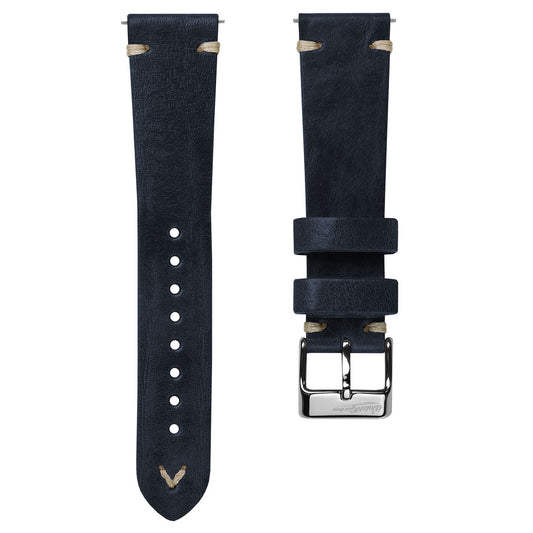

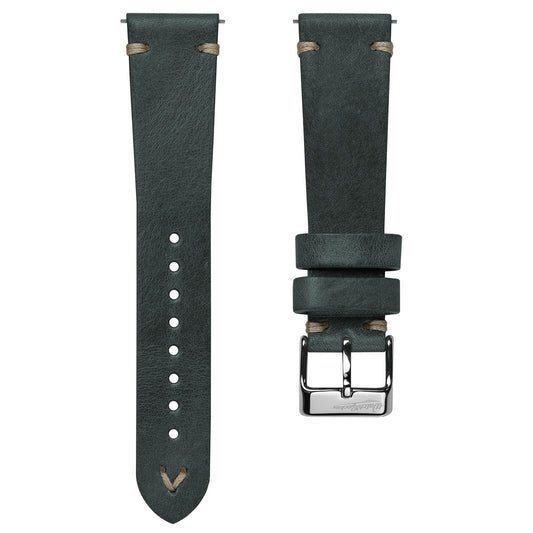
The survivors…
There were many other eminent watch brands, such as Blancpain, which went to the wall and then got rescued, mostly by the saviour of the industry known as Jean-Claude Biver. He chatted with us about this and more over on our YouTube channel. You can view the interview here.

Blancpain Villeret Traditional Chinese Calendar. Credit: Blancpain.
There are, of course, other, slightly less well-known brands that didn’t bounce back with such success – or perhaps are still on life-support. Then there are a few outright success stories. For example:
Nivada Grenchen
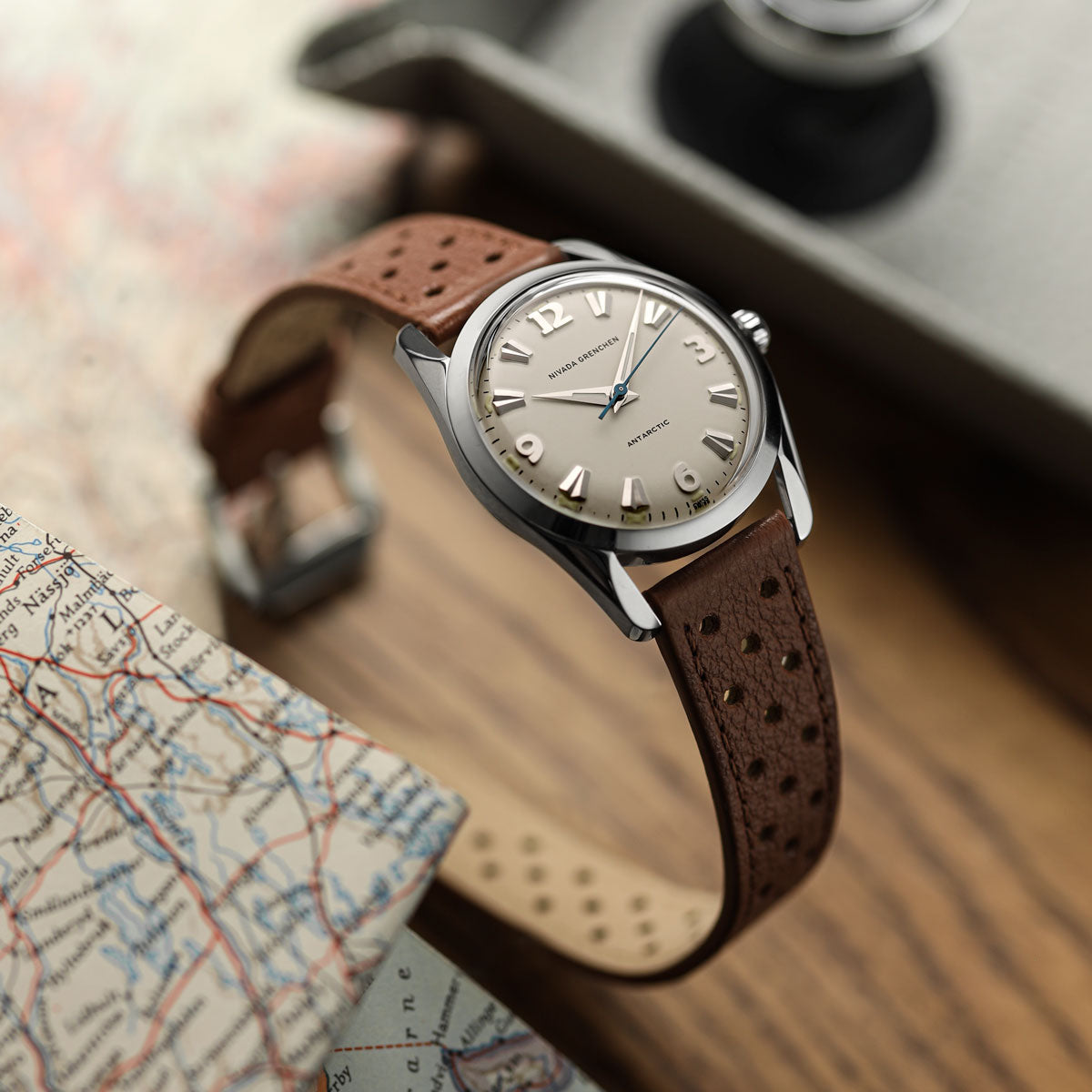
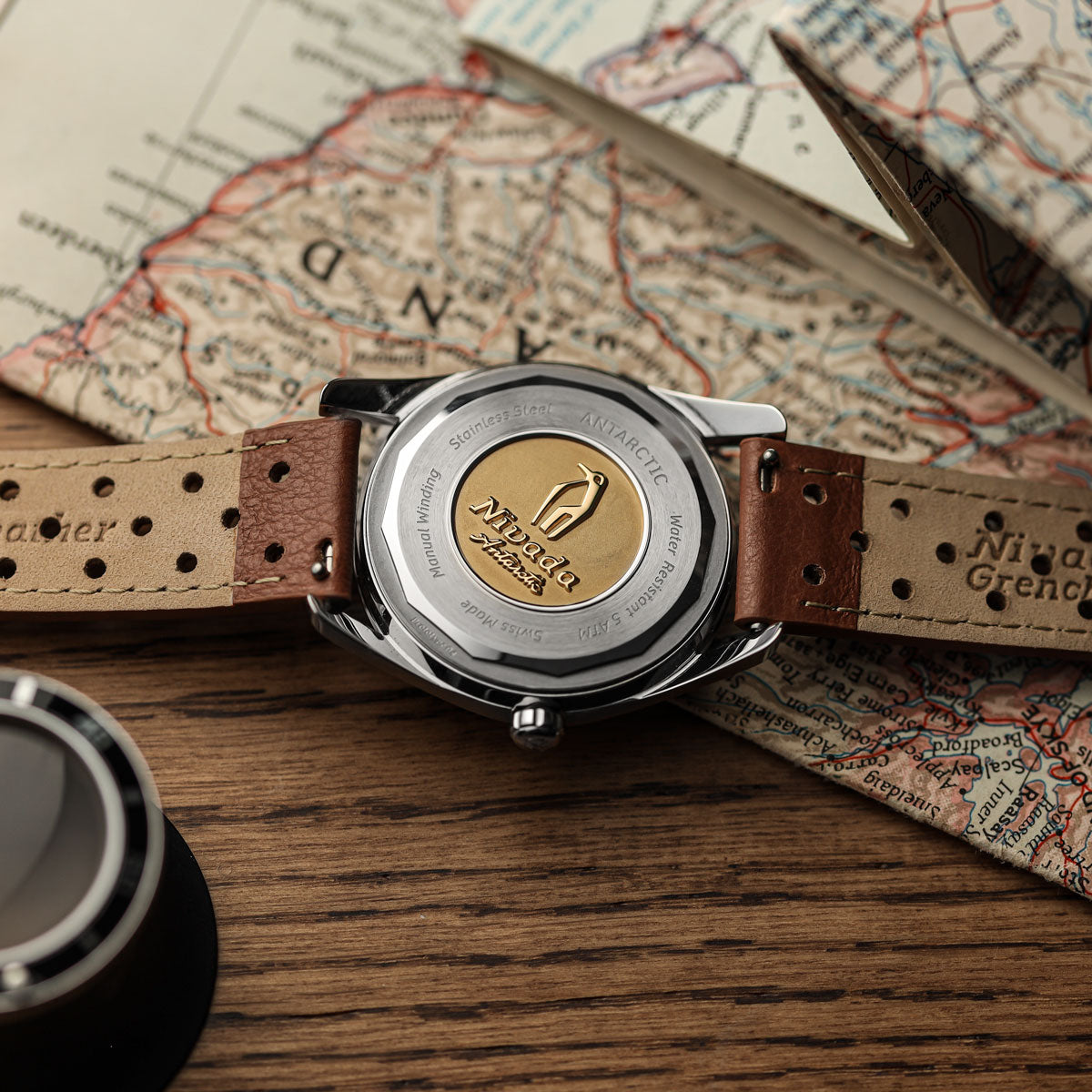

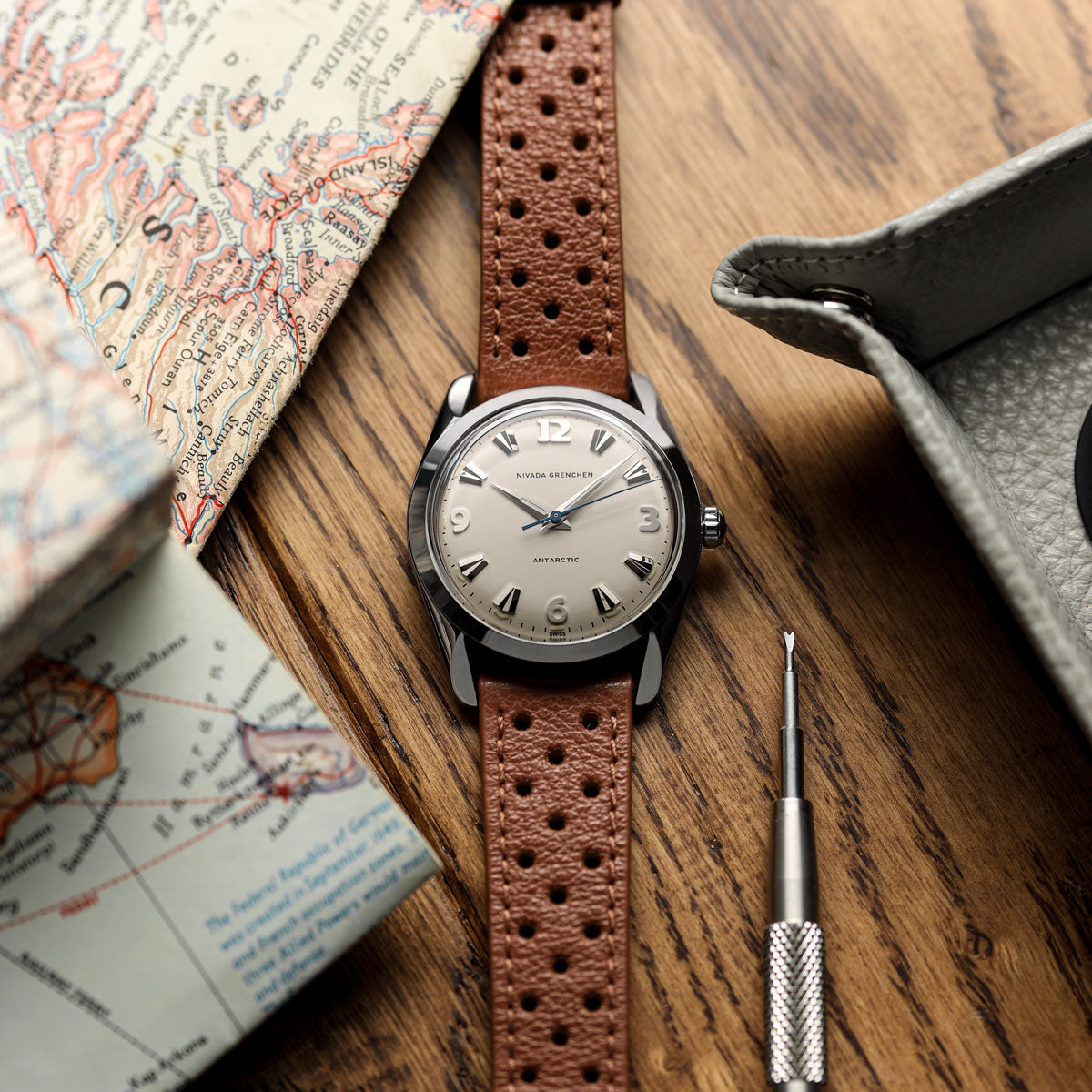
Nivada Grenchen Antarctic. Credit: WatchGecko.
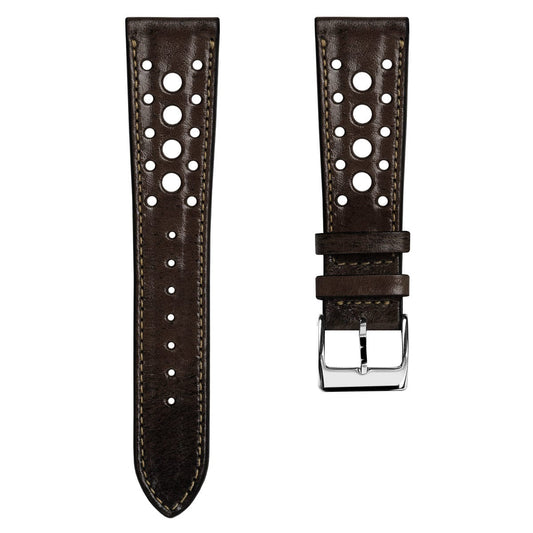
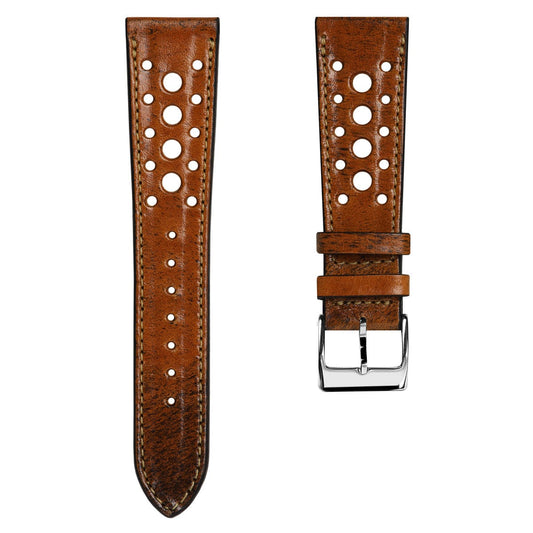
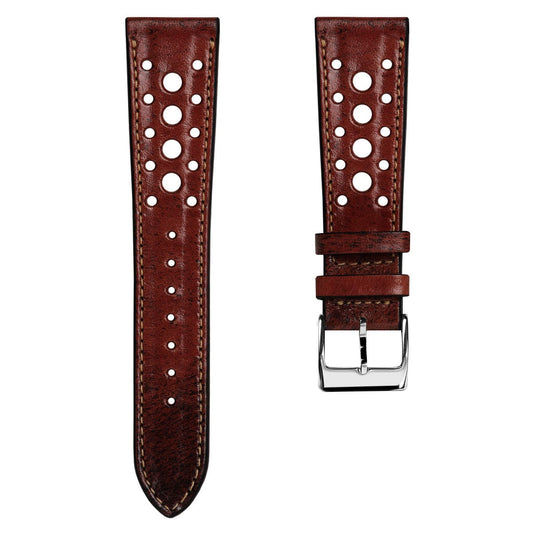
A proven Lazarus-like success story, Nivada Grenchen – one of the first companies to make automatic wristwatches, in the 1930s – was prolific until the 1980s, when it collapsed and finally died: despite having tried to make its own quartz watches too. It was sold to a Korean firm and looked set to be another name destined for decline. But no. After another sale to Mexico, a pair of French-Swiss investors bought the rights to the name, and in 2020 successfully relaunched Nivada Grenchen with the re-release of three of its most historically iconic pieces: the Chronomaster, Depthmaster, and Antarctic. As a result, Nivada Grenchen is now making the best watches it has ever produced – with the newly-reborn Antarctic being one of my personal favourites of last year.
Enicar
Enicar – named after the founder’s surname, Artiste Racine, spelt backwards – was responsible for some of the greatest driving watches ever made, in the form of the Sherpa Graph (which, as the name suggests, was originally designed for mountain climbers). But don’t take my word for it: this was also the opinion of motorsport heroes like Jim Clark and Stirling Moss. Unfortunately, Enicar didn’t survive the quartz crisis and was declared bankrupt in 1987. The assets were sold, firstly to the founder of Chronoswiss, and then again to a Hong Kong company, which had been the original distributor of Enicar in China since the 1930s. Enicar watches are still sold now, but they definitely lack the style and panache of the original.
Universal Geneve
The company that gave us Gerald Genta’s acclaimed Pole Router – perhaps the single most beautiful watch ever made – underlines how the higher you fly, the further you can fall. Universal Geneve – also the creators of the very first chronograph in 1917 – was perhaps one of the most famous victims of the quartz crisis, and the strong second hand values of all their watches still reflect that standing today. But the company isn’t actually dead, as it was bought by Hong Kong company Stelux Holdings in 1989, which then sold it to Breitling at the end of last year. The next chapter is going to be fascinating: can one of the greatest companies in watchmaking rise from the flames once more?

WatchGecko Flat Highley Collection. Credit: WatchGecko.
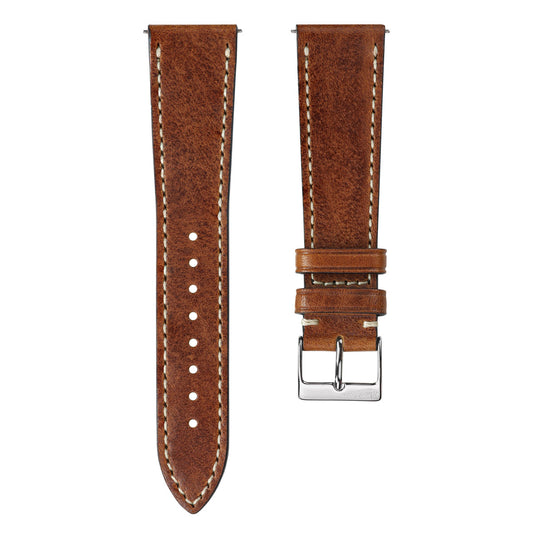
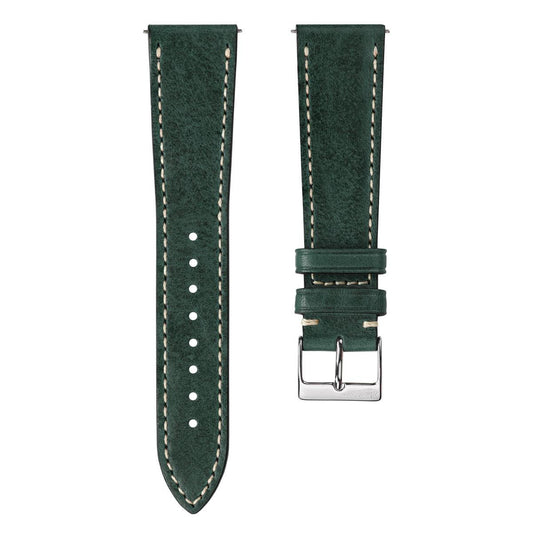
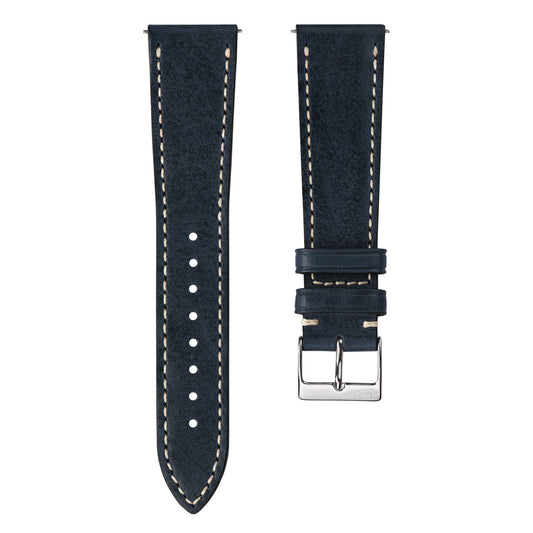
Wittnauer
Wittnauer was founded in New York by a Swiss immigrant, Albert Wittnauer, who saw an opportunity to bring traditional Swiss watchmaking to the US market. And it was a great idea: one of the brand’s first big innovations was the AllProof of the 1920s, which claimed to be the first watch in the world that was shockproof, waterproof and antimagnetic. There was also a military and aviation connection: Wittnauer instruments were even featured in Amelia Earhart’s Lockheed Vega-5B when she made her famous solo flight across the Atlantic in 1932. Wittnauer survived the quartz crisis by constantly keeping abreast of the technology and making its own quartz watches – if you can’t beat them, join them – but interest in the brand petered out throughout the 1990s. In 2001, Wittnauer was rescued by Bulova, where it lives on as a sub-brand.
Prestex
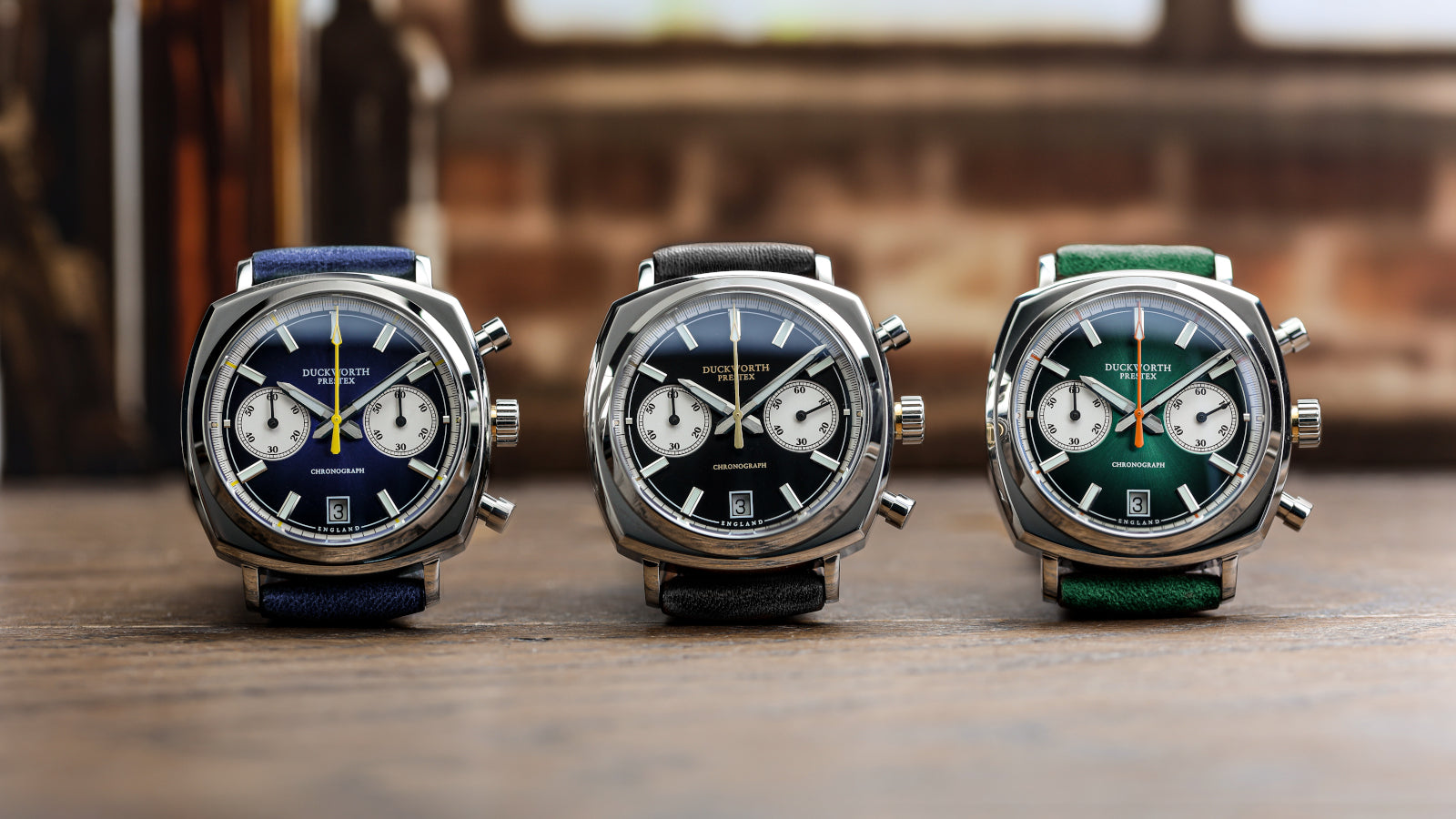 Duckworth Chrono. Credit: WatchGecko.
Duckworth Chrono. Credit: WatchGecko.
Finally, a home-grown success story from a good friend of ours: Neil Duckworth, formerly the managing director of TAG Heuer in the UK. Neil’s grandfather Frank was the founder of the Prestex watch brand, which had plenty of success in the north of England before closing in the 1960s as interest in the Swiss brands grew. But in 2021, Neil decided to resurrect the family firm, adding his own surname as well. To mark 100 years of the Prestex name, which first appeared in 1924, Duckworth Prestex has just released the Centenary watch.



